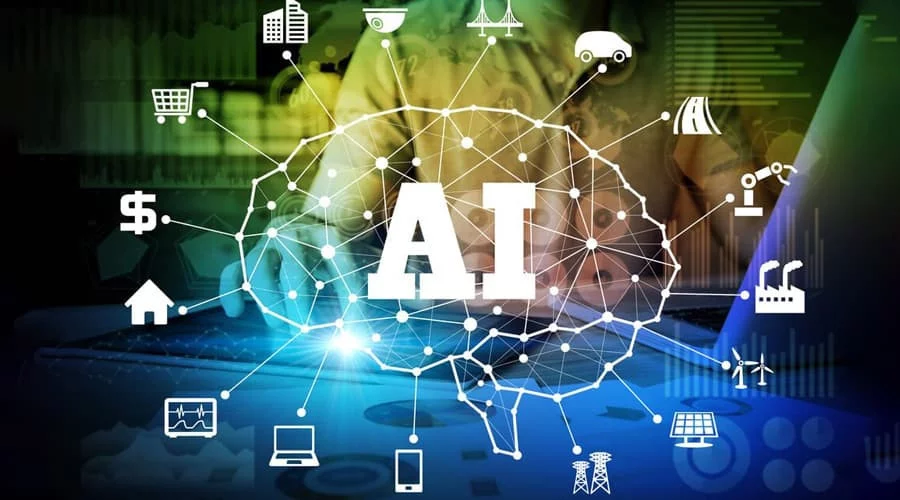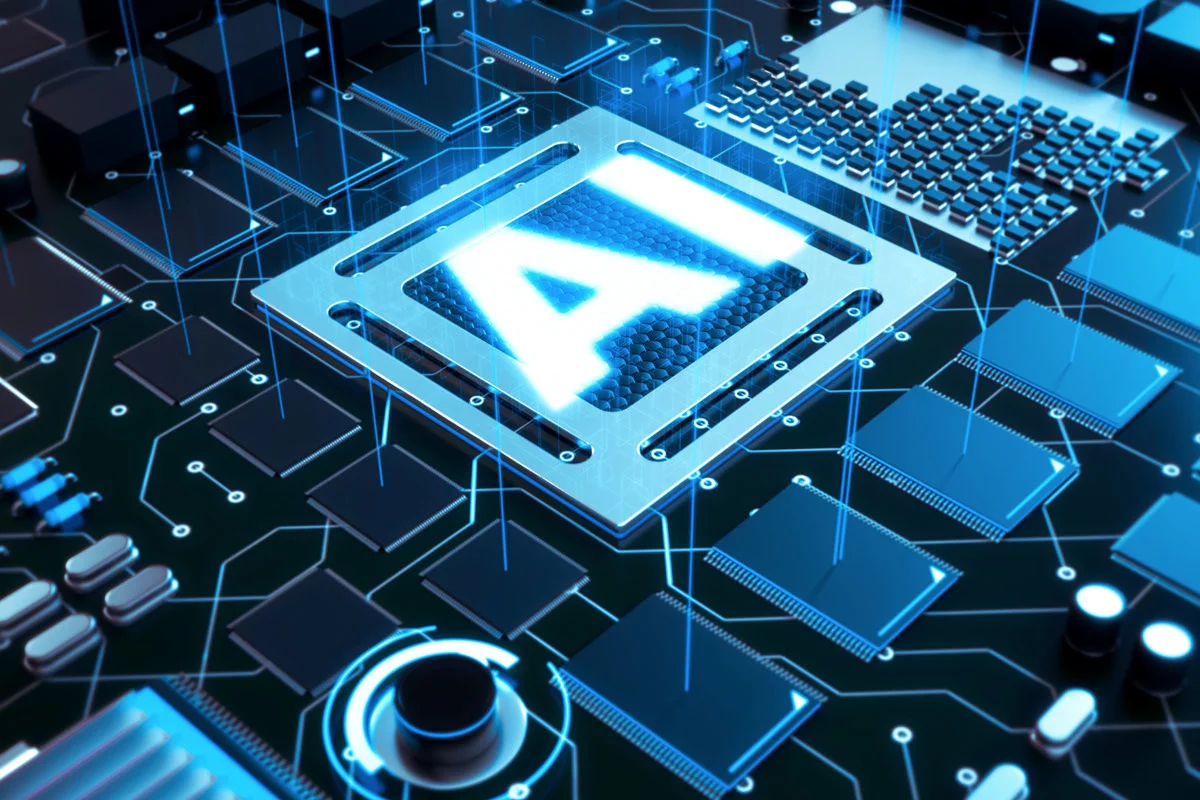Integrating Artificial Intelligence Solutions into your Organisation
Artificial Intelligence has the potential to transform the entire way we live and work. Scientists will continue to advance AI, and while the technology is still in the early stages, it shows great promise. In the meantime, organisations will need to determine what applications are suited to AI.
Organisations have traditionally relied on business intelligence (BI) reports and embedded data analytics to assist high-level decision-making. Artificial Intelligence and Machine Learning tools and techniques have recently been incorporated into the broader suite of data analytics capabilities an organisation can use to enhance data analytics outputs. The use of AI to improve decision making is a long-standing idea, although organisations should think more broadly about where to apply AI.

What is less understood are the applications at the operations service lines that are responsible for performing the business functions. There is already a trend toward automation to augment human labour by utilising sophisticated scripting techniques requiring classical algorithm programming. While scripting techniques save many FTE hours, Artificial Intelligence will take automation to the next level, allowing machines to perform more labour-intensive tasks than humans as a human would.
While there are valid concerns about the displacement of jobs from increasing amounts of automation, technological progression is a certainty, and relevant political structures will address such circumstances in the future. In a free market and an increasingly globalised world, organisations cannot afford not to employ such technology as a competitor likely will and gain an edge.At the same time, the same can be said for governments and non-profits, as they will lose influence without access to such technology relative to peers.
This article will explore generic problems Artificial Intelligence systems have solved and how they can be applied to solve organisational applications.
Recent Applications Implemented via Artificial Intelligence
The following applications use artificial intelligence and are currently active in production systems as standard:
|
Application |
Description |
|
Facial recognition |
Detecting and recognising faces of a particular person. Systems are now just as accurate as humans. |
|
Personalised search engine results |
Customising search engine results based upon individual preferences and commonly used by Google if logged in to an account while searching. |
|
Recommendation systems |
Make recommendations for people based on preferences of what they might like, often used by online retail stores and entertainment platforms such as Netflix. |
|
Targeted advertising |
In using multiple personal multiple variables, display advertising that is determined to be of interest to an individual. |
|
Virtual assistants |
Given spoken or written commands, virtual assistants provide specific tasks such as sending messages or ordering online. The most common home assistant products are Amazon Alexa and Google Home. |
|
Fraud detection |
By analysing billions upon billions of transactions, detect fraud by learning common patterns found suspicious activity. |
|
Spam filtering |
Respond to receiving spam mail reports by assessing other mail that presents similarly and directing it straight to the spam mailbox. |
|
Language detection/translation |
Determine the language of a given verbal or text input and translate it to another language. |
|
Object detection |
Given a series of objects within an image or video, label the objects and detect the boundaries. |
|
Cyber security |
Analyse suspicious usage patterns of a computer network and respond to cyber security threats. |
Applications where Artificial Intelligence Solutions are Being Actively Explored
The following applications use artificial intelligence and are currently under active R&D and thus, have been limited in production system use:
|
Application |
Description |
|
Healthcare |
Given a series of diagnostic images, assist in the analysis of the images to detect ailments or other potential issues. |
|
Self-driving vehicles |
Build the capability into a vehicle's control systems to allow for self-driving safely without requiring human control. |
|
Programming assistance |
Assist a programmer in writing programming code for computer systems to fulfil requirements. |
|
Protein folding |
Given a series of protein sequences, determine the 3D structure once the proteins are folded. |
|
Improving agricultural production |
Improve the yield of agricultural production. |
|
Virtual tutors |
Help students with learning concepts. |
|
Algorithmic trading |
Efficiently trade in the stock market, foreign exchange or other markets to maximise profits. |
|
Banking/Insurance |
Determine if loans should be granted or insurance should be provided given the risk profile of a person. |
|
Continuous audit |
Companies are commonly audited on an annual basis, an AI continuously auditing the organisation can help ensure better compliance. |
|
Digital content creation |
Create content automatically for use on various only and traditional media platforms. |
|
Art and graphics creation |
Create visual artwork and graphics given a textual description. |
|
NPCs in video games |
Create more realistic computer players in a video for gamers. |
|
Infrastructure asset replacement |
In an economical manner, determine when best to replace infrastructure before it reaches the point of failure. |
How to Identify Novel Problems Where Artificial Intelligence Is Suited Within Your Business
It would be advantageous to have a direct method to determine which tasks performed within an organisation would be suited towards making use of an artificial intelligence system, given the novelty of the technology, generic decision making frameworks are still being developed.
Our experience at Telemus AI™ has indicated that demonstrating what is possible with artificial intelligence usually lends itself well to strategic decision-makers best understanding of where to apply it given they know their organisation best.
We recommend reviewing the list above and various case studies, identifying a suitable problem within the organisation in which AI could benefit and then speaking to AI experts to discuss if AI could be applied in that specific domain.
Choosing the Right Artificial Intelligence Solution to Problems Identified
There is no exact science in choosing what artificial intelligence would work best for a given application. Most researchers use an exploratory approach using a combination of knowledge of the domain an AI is suited for, human intuition of what is known to work well, and run a series of experiments using multiple methodologies to determine which systems work best. This process can be costly and risky because desired results will be achieved, like all research, and we recommend selecting an AI provider with vast experience to minimise overhead.
Contact us today for a free consultation on how the Telemus AI™ can be integrated into your organisation.






